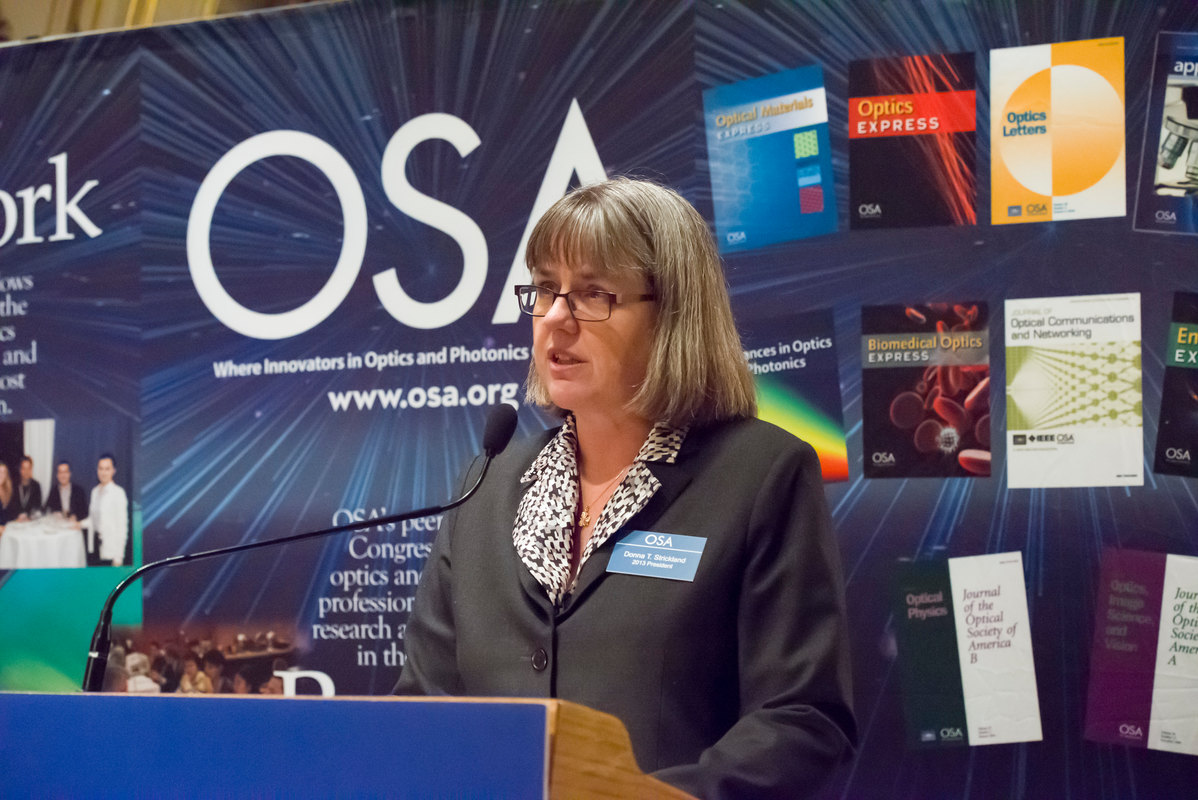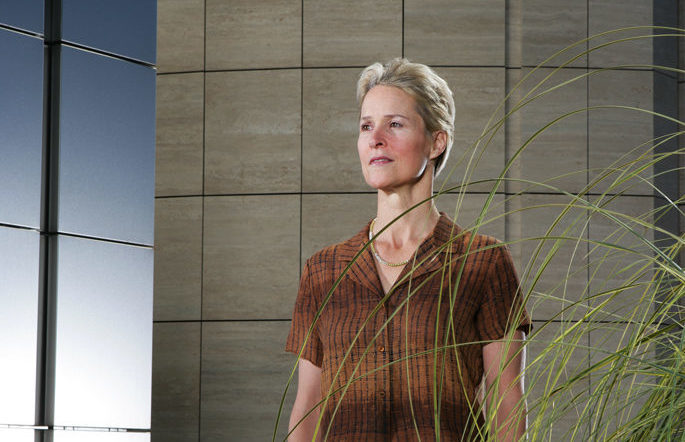Donna Strickland

Donna Strickland won the Nobel Prize in Physics for her work with lasers. She developed a method of generating short pulses which amplifies the intensity of the laser beam. If you or someone you know has had laser eye surgery, you can thank Strickland for developing the laser technique used in that procedure.
Frances Arnold

Frances Arnold won the Nobel Prize in Chemistry for her work with enzymes—small molecules that speed up the chemical reactions that drive all of the biological processes in your body. Her method of introducing mutations into the enzymes helps them essentially evolve to be more efficient biological machines.
You might be wondering, “why is the recognition of these two women such a big deal?” For the past 117 years, the Nobel Prize has been awarded to the greatest minds in physics, chemistry, physiology or medicine, literature, peace, and economics. But, only 3% of all Nobel Laureates in the sciences have been women. Just over 600 scientists have earned this title, and only a handful of women are represented. So this year was a really important moment for women in STEM (science, technology, engineering, mathematics).
The Nobel Prize carries a lot of prestige, but it has a history of problems when it comes to dealing with women in STEM. Given the fact that so few women have won the prize, it’s no wonder that many people can’t name more than one famous female scientist. Marie Curie is likely the first one that just popped into your mind, and she deserves the recognition. After all, she was the first woman to win a Nobel Prize (for physics in 1903) and she won a second Nobel in chemistry in 1911—the first person to win twice.
But it took 60 years for another woman, Maria Goeppert-Mayer, to win the Nobel Prize in Physics. Now, 55 years following her win, Donna Strickland becomes only the third female physicist to earn the title of Nobel Laureate. Frances Arnold, similarly, is only the fifth female Nobel Laureate in chemistry.
So why are there so few women being recognized? Some of it is historical gender bias.
Lise Meitner and her collaborator Otto Hahn both led the team that discovered nuclear fission—the scientific process that would lead to the development of the atomic bomb—but she was snubbed for the 1944 Nobel Prize in Chemistry which was awarded to Hahn alone.
PhD student, Jocelyn Bell Burnell, noticed some “scruff” in her data which discovered the astronomical radio waves originating from pulsars (neutron stars). Yet, the 1974 Nobel Prize in Physics for this discovery went to her thesis advisor, Antony Hewish.
James Watson & Francis Crick became synonymous with DNA when they won the Nobel Prize in Physiology or Medicine in 1962, but they never would have pieced together the structure of our genetic building blocks if they hadn’t taken Rosalind Franklin’s unpublished X-ray crystallography imaging data to use with their own data. Unfortunately, she died four years before the Nobel Prize was awarded, and Watson & Crick got all the glory.
Women in STEM are still being overshadowed by their male counterparts—even Nobel Laureate, Donna Strickland. That’s right, a previous Wikipedia entry for Strickland was rejected and deleted for not meeting “notability” requirements, despite her contributions to the field of physics that led to her winning the Nobel Prize. Her two co-laureates were apparently more notable by Wikipedia’s standards. Strickland’s name finally appeared on the popular website shortly after being awarded the Nobel and editors realized she was missing.
While the history of science has mostly been an exclusive boy’s club, books like Wonder Women, films like Hidden Figures, and creative projects like Beyond Curie are part of an amazing movement to tell the overlooked history of women in STEM. Hopefully, the success of Donna Strickland and Frances Arnold will not be forgotten. Perhaps in the next few years, we’ll see a triple threat of women in STEM earning the Nobel title in medicine, physics, and chemistry—or even a full sweep of female Nobel Laureates across all categories. I’m hopeful that more effort will be made to support and honor all the amazing women who are paving the way for a more inclusive future.


Comments are closed.